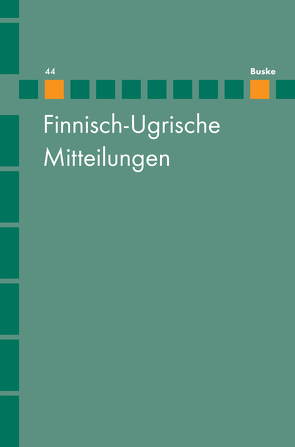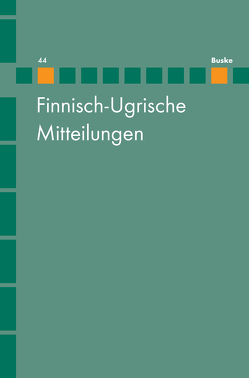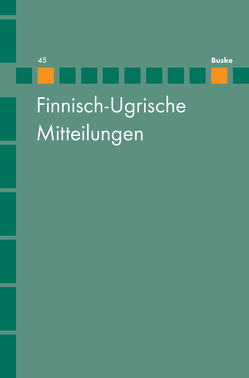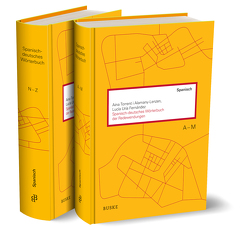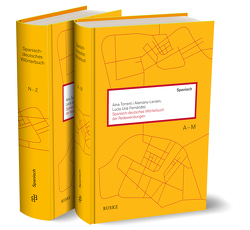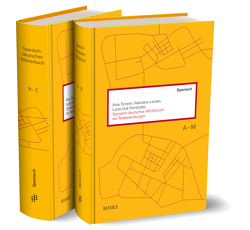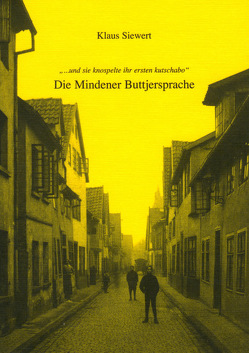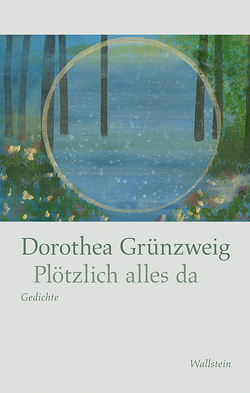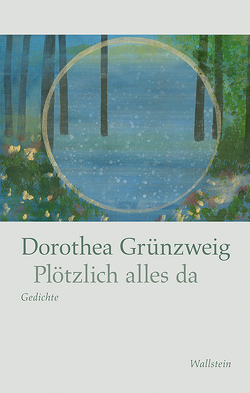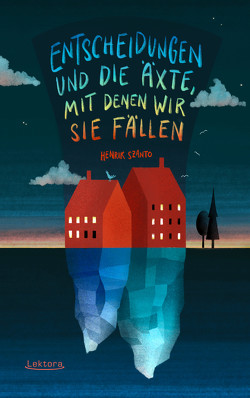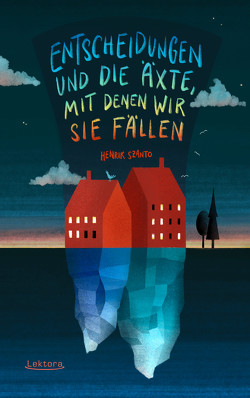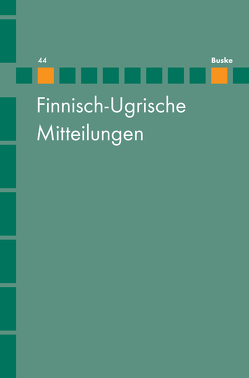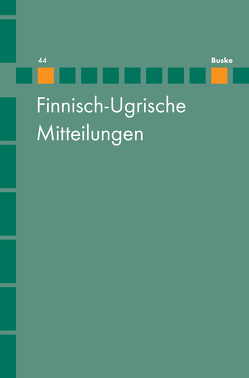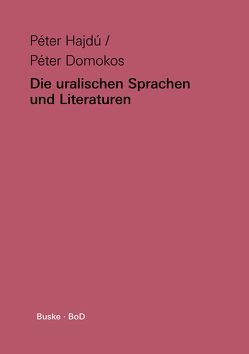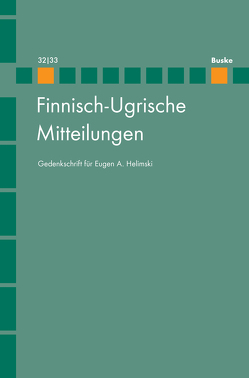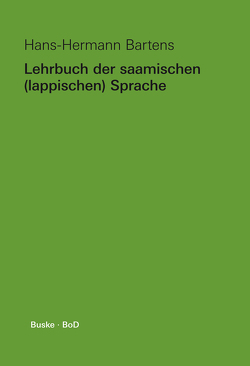Finnisch-Ugrische Mitteilungen Band 44
Cornelius Hasselblatt, Beata Wagner-Nagy
Josefina Budzisch – Ulrike Kahrs (Hamburg): Cardinal directions in Selkup
The paper deals with the denotations of the main cardinal points in Selkup, taking all three main dialect groups (Northern, Central and Southern) into account. The naming of cardinal points is not well studied for Selkup, there is a lack of analysis of the underlying semantic structure of the denominations – this study aims at closing that research gap and giving some insights in environmental and cultural factors playing a role in expressing cardinal points. The paper has the following structure: after a brief introduction, the current state of research is presented as well as the data used in the study, the main section deals with the analysis of the underlying structures in denoting south/north and east/west. The findings are summarized in the final section.
Sándor Szeverényi – Katalin Sipőcz (Szeged): Formen der direkten und indirekten Redewiedergabe im Nganasanischen und im Mansischen
In this paper we examine reported speech constructions in two Uralic languages spoken in Siberia, Nganasan and Mansi. We also examine whether areal – primarily Russian – influence can be found in these structures. Indirect speech report with person shift are rare in the languages studied, but sporadic data can be found in the corpus for this type, too. In Mansi and Nganasan the direct reported speech structure is much more common than indirect. It can be observed that in languages the direct speech structure consisting of two clauses requires a complementizer resulting subordinating clauses. Such complementizers do not exis in these languages, although there are examples in our corpus for the adaption of the Russian conjunction što ‚that‘. In Mansi, in addition to the direct structure we can find indirect type without conjunction, and non-finit structure can be used, too. In Nganasan the reportative evidential serves as an alternative strategy.
Denys Teptiuk (Tartu): Quotative indexes in Erzya: a typological overview
In this paper, I provide a typological overview of quotative indexes, i.e. linguistic expression(s) encoding the presence of reported speech and thought, in contemporary Erzya. I focus on quotative strategies of different complexity attested in social media texts and classify the constructions according to their morphosyntactic structure and orientation. Furthermore, I take into account the possible connotations arising in the use of concrete strategies, such as the precision of reported discourse vis-à-vis original discourse, the reporter’s evaluative connotations concerning reported information and ambiguity in the presentation of speech and thought. The results of this study show that the markers used in Erzya quotative indexes correspond to their uses in other related languages and reflect cross-linguistic tendencies in the use of semantically reportative and non-reportative markers in quotative constructions.
